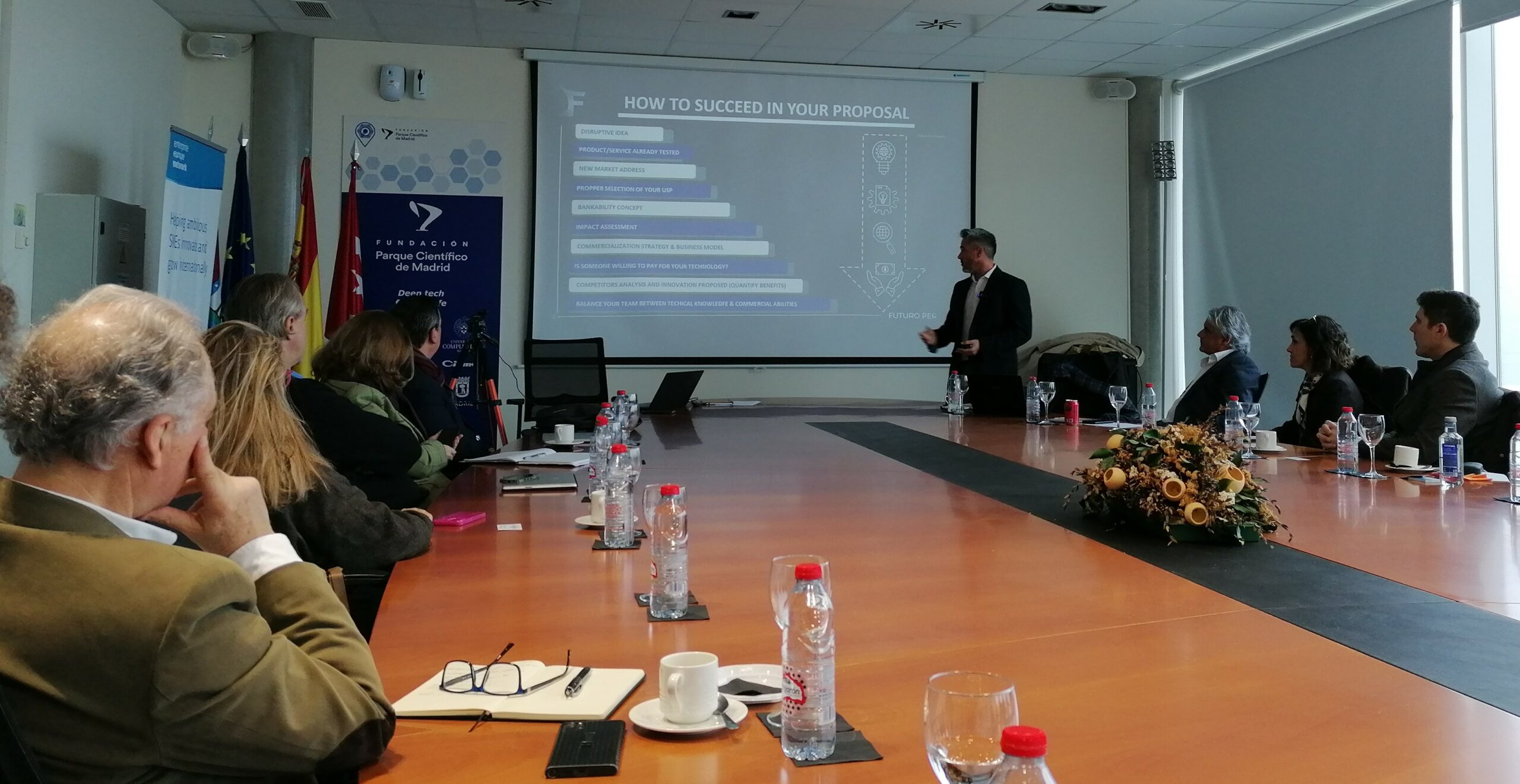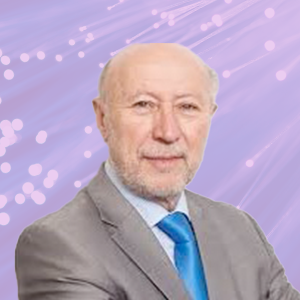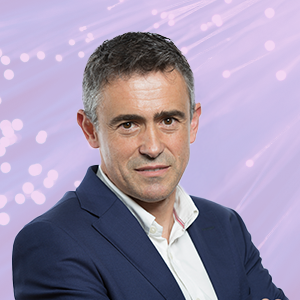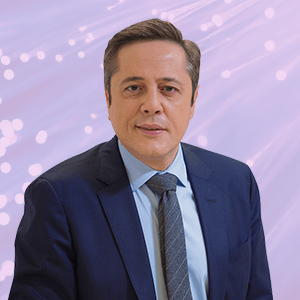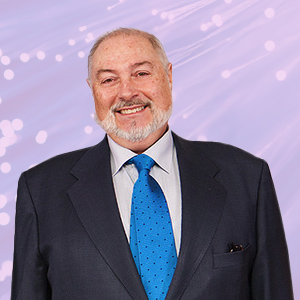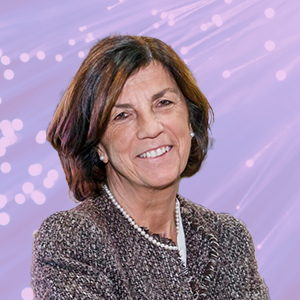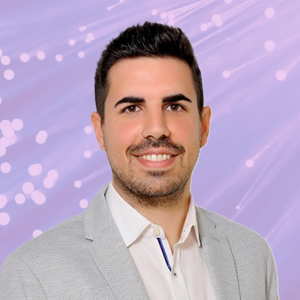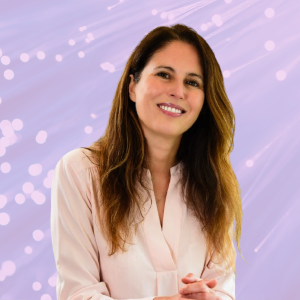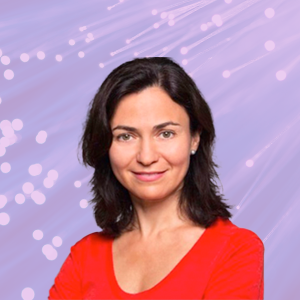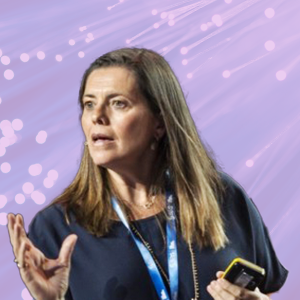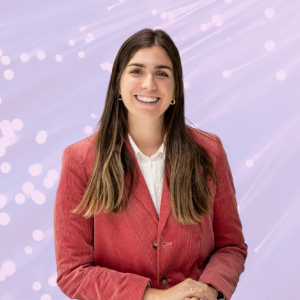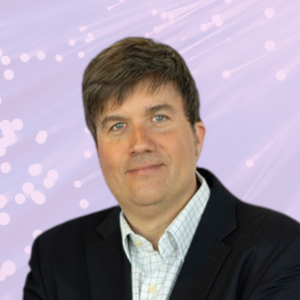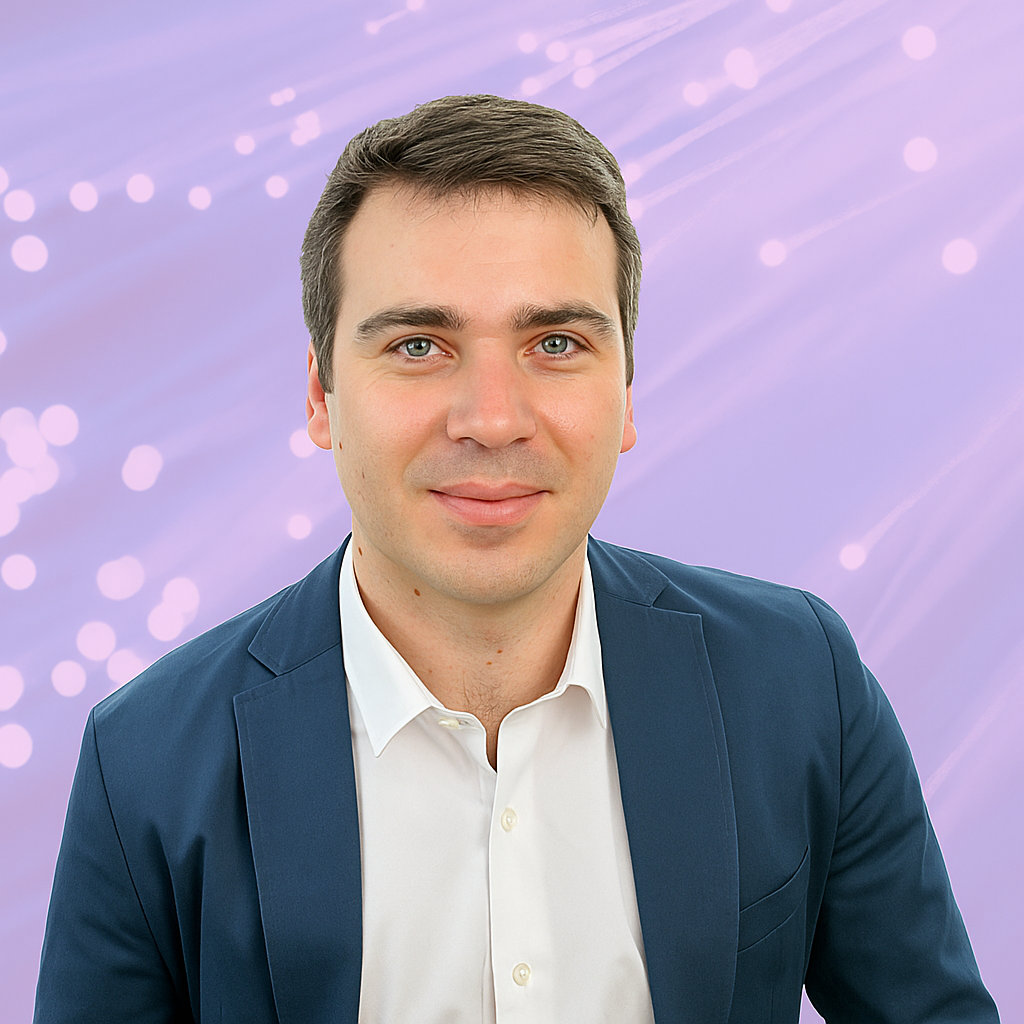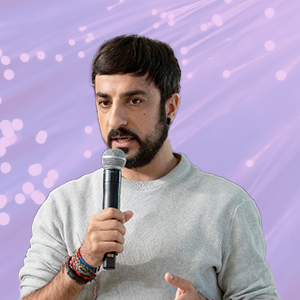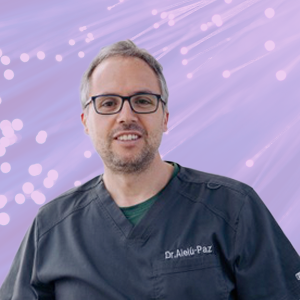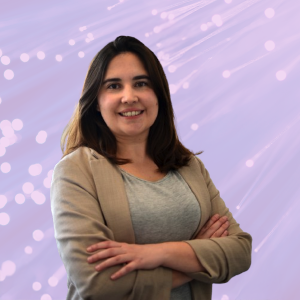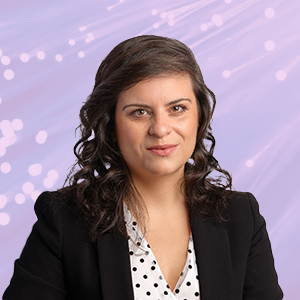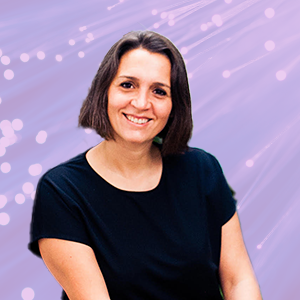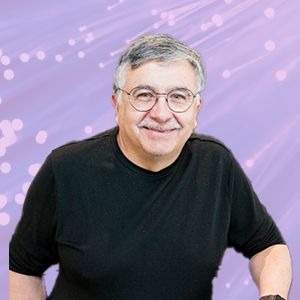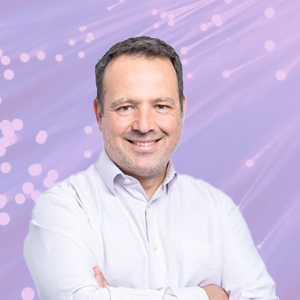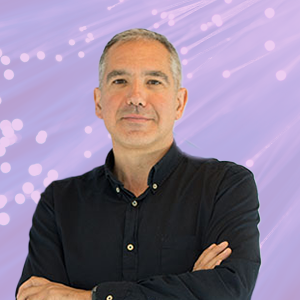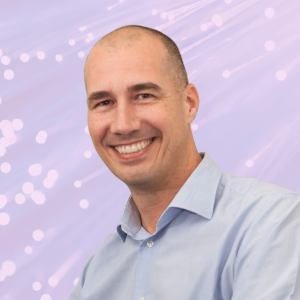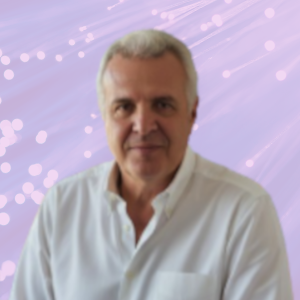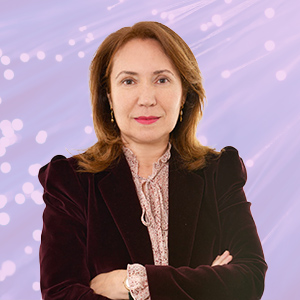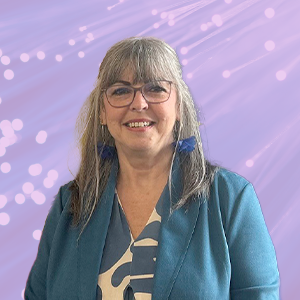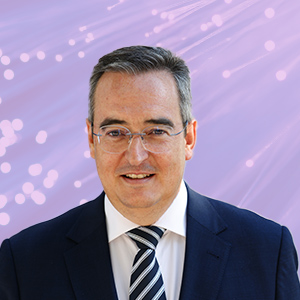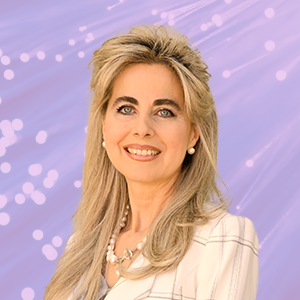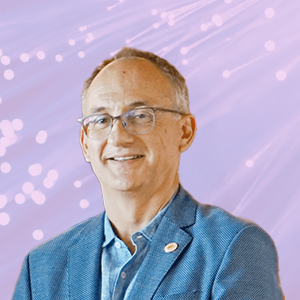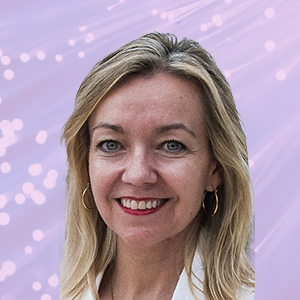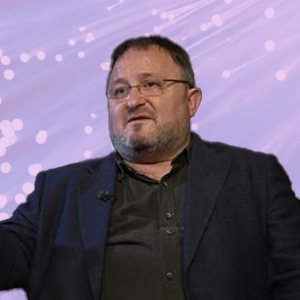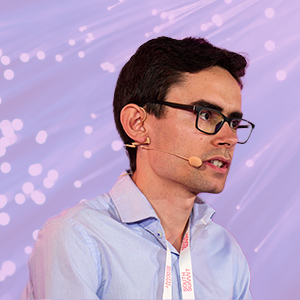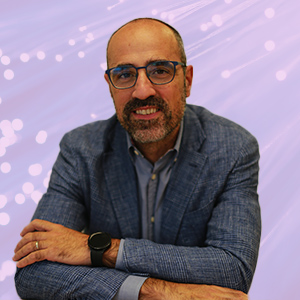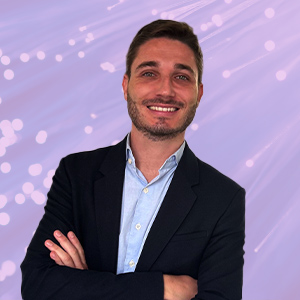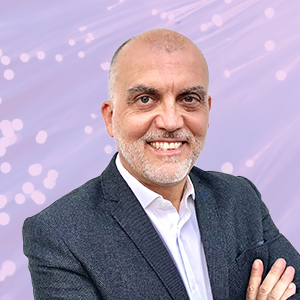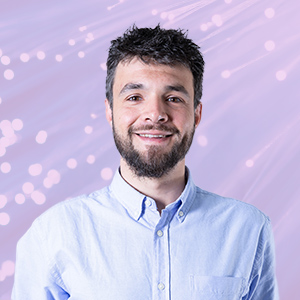Deep techs ready for the US! Summary of the day
Last Thursday, January 23, 2025, the conference Deep techs for USA: reaching, landing, funding was held. Organized by the FPCM in collaboration with Futuro Perfecto, CMG MedDev and USA-Europe Invest within the framework of the activities of the Enterprise Europe Network (EEN), of which the FPCM is an active member, it offered a complete overview of how to reach the North American market.
To begin the day, David Arbelo, project manager of the FPCM, offered the context of the day. This is part of the internationalisation support services offered by the Park to its incubated companies. In this introduction, Arbelo outlined the main organizations and programs supporting deep tech startups – and their parallels – in the US and the EU.
SBIR and STTR
After the introduction, it was Jaime Trainor’s turn. His presentation focused on the SBIR and STTR programs. The SBIR (Small Business Innovation Research) finances R+D in SMEs through 11 federal agencies, including the Department of Defense, with almost 50% of the funding. Trainor recalled that for the U.S. government, the concept of defense encompasses multiple fields, such as health and agriculture. For its part, the STTR (Small Business Technology Transfer) focuses on technology transfer through 5 federal agencies. Due to its focus, this program requires the participation of a non-profit research partner, which can be a university or a research center.
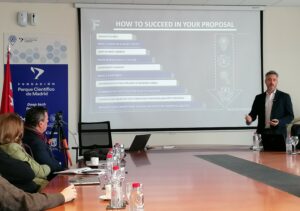
NSF Program
Trainor then focused on the SBIR of the National Science Foundation (NSF), as it is the one of greatest interest for deep technologies. Specifically, it contemplates all kinds of disruptive technologies, such as its equivalent in the EU: the EIC. However, the NSF’s calls are much more specific than those of the EIC, opening at different times and under different conditions for each topic. Another difference is that US federal agencies do not base their assessment on the TRL, a scale that is widely followed by the opposite in the EU. This is because there are fields in which TRL is progressing very slowly, such as in biotechnology and the pharmaceutical sector. As similarities, he mentioned the existence of innovative public procurement (called contract-based) or the possibility of subcontracting, as long as it is to North American companies.
Trainor highlighted that 80% of the companies financed by the SBIR through the NSF are micro-SMEs (<10 employees). He also detailed the four phases contemplated in the program:
- 0: only existing in some states, it is free of charge and allows direct contact with program officers (equivalent to EU NCPs);
- I: concept development, including grants of 100 – 275 k$;
- II: prototype development, where R+D projects are properly framed, includes grants up to $2 million;
- III: marketing in the US – not in the rest of the world, as the EIC does – does not include direct aid, but coaching services.
To conclude, Trainor spoke briefly about the European Commission’s EIC Access+ . This programme allows EU companies with the EIC seal of excellence to access the catalogue of services of this entity. This catalog includes four fields of usefulness for deep techs: research, skills improvement, acceleration and access to financing.
Regulatory strategy
This was the turn of Carmen Martín from CMG MedDev, who focused on the regulatory challenge of the North American market for the health and biomedical sector. This sector is of great importance in the US, where it concentrates 16% of GDP. Martín stressed the importance of defining a regulatory strategy from the beginning when it comes to achieving commercialization, which is not possible without approval. This approval is granted in the United States by a single entity: the Food and Drug Administration (FDA). It is a federal body with great independence, not subject to political ups and downs. The fact that it is a single body allows for homogeneous criteria, shorter response times (they can be very short to correct deficiencies) and easier dialogue, although this interaction has economic costs for SMEs.
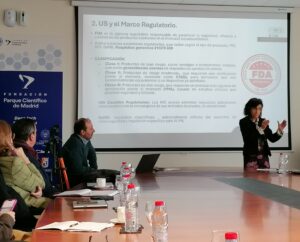
The FDA uses a risk-based product classification system (class I does not require approval, classes II and III do), similar to the EU’s, but not the same. This system includes the categories of medical device, in vitro diagnostics, and Software as Medical Device (SaMD). Martín insisted that CE marking does not guarantee approval by the FDA and vice versa.
He also stressed the requirement that the manufacturer has a quality system certified specifically for the U.S. (QMS-R, something different from ISO 13485), the important cybersecurity requirements imposed by the FDA, the need to have a local agent to market (equivalent to the European representative in the EU) and the annual payment in the marketing registration. He also recalled the importance of having approval times and their impact on the company’s human and economic resources, all of which are especially onerous in the US.
Approval pathways
Martín also explained the different approval routes, which are not decided by the applicant company, but by the FDA in compliance with its obligation to ensure the safety of American citizens and the effectiveness of the product. These ways are:
- 510k: equivalence with a device already on the market;
- De novo: innovation without equivalent;
- PMA (Pre-Market Approval): involves a higher risk, as it is a totally novel technology not previously approved by the FDA (class III);
- HDE (Humanitarian Device Exemption): applied for pathologies or situations that affect few people in the USA (<4000).
Seeking funding in the U.S.
Finally, Germán Loperena, from USA-Europe Invest, intervened. His talk focused on helping attendees understand the different American culture and mentality regarding business and financing. Thus, he highlighted the risk aversion outside the US that investors in that country have and the best ways to approach them from European deep tech . He also stressed the importance of knowing the differences between the 50 states that make up the union and in which sectors and with what mentality they focus.
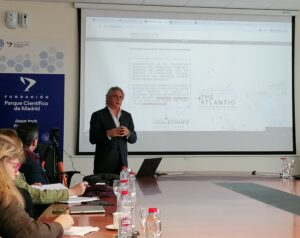
Along these lines, Loperena highlighted the USA-Europe Invest Summit, which is being held at the end of January in Madrid, as a way to obtain direct contact with investors and financing. It also introduced the ENRICH network, which seeks to facilitate access to and commercialization of European R+D in the United States.
The conference had numerous questions from the participants, both face-to-face and remote -it was held in a hybrid format-. To close, the attendees in person were able to enjoy a coffee and lunch in which to solve other doubts and establish contacts that we hope can be useful to them to reach the North American market.
Video and presentations of the conference
The full session can be seen at the following link:
Session presentations and speakers’ contact are available here:
Jaime Trainor – Perfect Future
For additional information about the conference, other events or FPCM services for the EU EEN and EIT Health programmes, contact us at een@fpcm.es.

